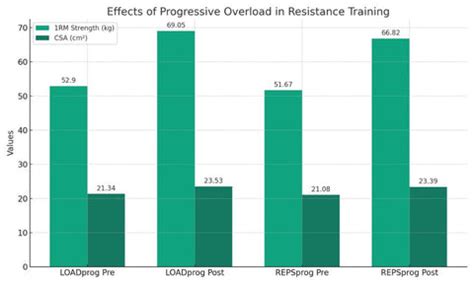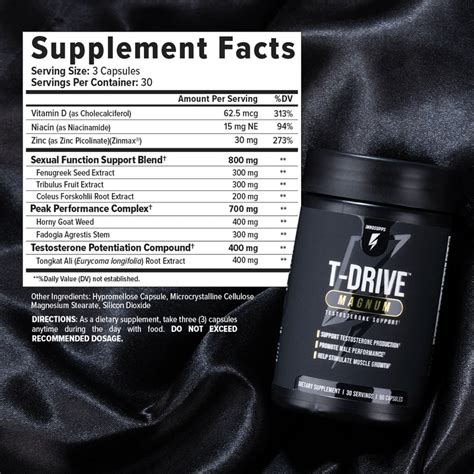How to optimize progressive overload for peak strength and lean mass gains?

Understanding Progressive Overload: The Foundation of Gains
Progressive overload is arguably the most critical principle for anyone looking to build significant strength and lean muscle mass. At its core, it means continually increasing the demands placed on your muscles over time. Without progressively challenging your body, it has no reason to adapt, grow stronger, or get bigger. This article will delve into the various methods of applying progressive overload, how to structure your training, and key strategies to ensure consistent progress.

Why Progressive Overload is Non-Negotiable
Your body is an incredibly adaptable machine. When you consistently perform the same exercises with the same weight and repetitions, your body quickly adjusts to that stimulus. Once adapted, further gains cease. Progressive overload forces your muscles and nervous system to work harder than they did previously, signaling the need for growth and increased capacity. This constant push beyond your current limits is what drives hypertrophy (muscle growth) and strength improvements.
Key Methods for Implementing Progressive Overload
While often simplified to just “lifting heavier weights,” progressive overload encompasses several different variables. Smart trainers understand how to manipulate these to keep progress flowing, even when a direct weight increase isn’t feasible.
1. Increase the Load (Weight)
This is the most direct and common method. If you lifted 100 lbs for 8 reps last week, aim for 105 lbs for 8 reps this week. Even small increases, like 2.5-5 lbs, add up significantly over time.
2. Increase Repetitions
If you can’t increase the weight, try to perform more repetitions with the same weight. For example, if you did 100 lbs for 8 reps, aim for 9 or 10 reps with that same 100 lbs.
3. Increase Sets
Performing an additional set of an exercise can increase total training volume, providing a new stimulus for growth. This should be used judiciously to avoid overtraining.

4. Decrease Rest Intervals
By reducing the time between sets, you increase the density of your training, challenging your cardiovascular system and muscular endurance. Be careful not to reduce rest so much that your performance significantly drops.
5. Improve Exercise Form and Tempo
A perfectly executed rep with controlled eccentric and concentric phases is often more challenging and effective than a sloppy rep with heavier weight. Focus on the mind-muscle connection and deliberate movement. Increasing the time under tension by slowing down the negative phase of a lift can also be a powerful form of overload.
6. Increase Training Frequency
For some muscle groups or exercises, training them more often (e.g., twice a week instead of once) can lead to faster adaptation and growth, as long as recovery is managed.

Programming Progressive Overload for Consistent Gains
Simply trying to lift more every session is unsustainable and can lead to injury or burnout. A smart approach involves structured programming.
Track Your Progress Religiously
This is paramount. Keep a training log – whether in a notebook or an app – noting the exercises, weights, sets, and reps for every session. This allows you to objectively see if you’re making progress and identify areas for improvement. Without tracking, progressive overload becomes a guessing game.
Utilize Rep Ranges and Double Progression
Instead of aiming for a specific number of reps, work within a rep range (e.g., 8-12 reps). Once you can hit the top end of that range for all sets with good form, it’s time to increase the weight. This is known as double progression.

Incorporate Deload Weeks
Every 4-8 weeks, consider a deload week where you significantly reduce your training volume and/or intensity (e.g., 50-60% of your usual weight and sets). This allows your body to recover fully, repair tissues, and come back stronger, preventing plateaus and injury.
Focus on Compound Movements
Exercises like squats, deadlifts, bench presses, overhead presses, and rows allow you to move the most weight and engage multiple muscle groups, making them ideal for applying progressive overload and driving overall strength and mass gains.
Essential Tips for Optimal Results
- Consistency is Key: Show up to the gym consistently and apply effort. Intermittent training won’t yield results.
- Prioritize Proper Form: Never sacrifice form for weight. Poor form leads to injury and diminished muscle activation.
- Nutrition and Recovery: Provide your body with adequate protein, calories, and sleep. Muscle growth happens outside the gym.
- Listen to Your Body: Some days you might feel weaker; it’s okay to adjust. Pushing through excessive pain or fatigue can be detrimental.

Conclusion
Progressive overload is not just a theory; it’s the engine that drives your fitness journey towards peak strength and lean mass gains. By understanding its various forms and strategically applying them through diligent tracking, smart programming, and consistent effort, you can ensure continuous adaptation and unlock your full potential in the gym. Commit to the process, stay consistent, and watch your body transform.







